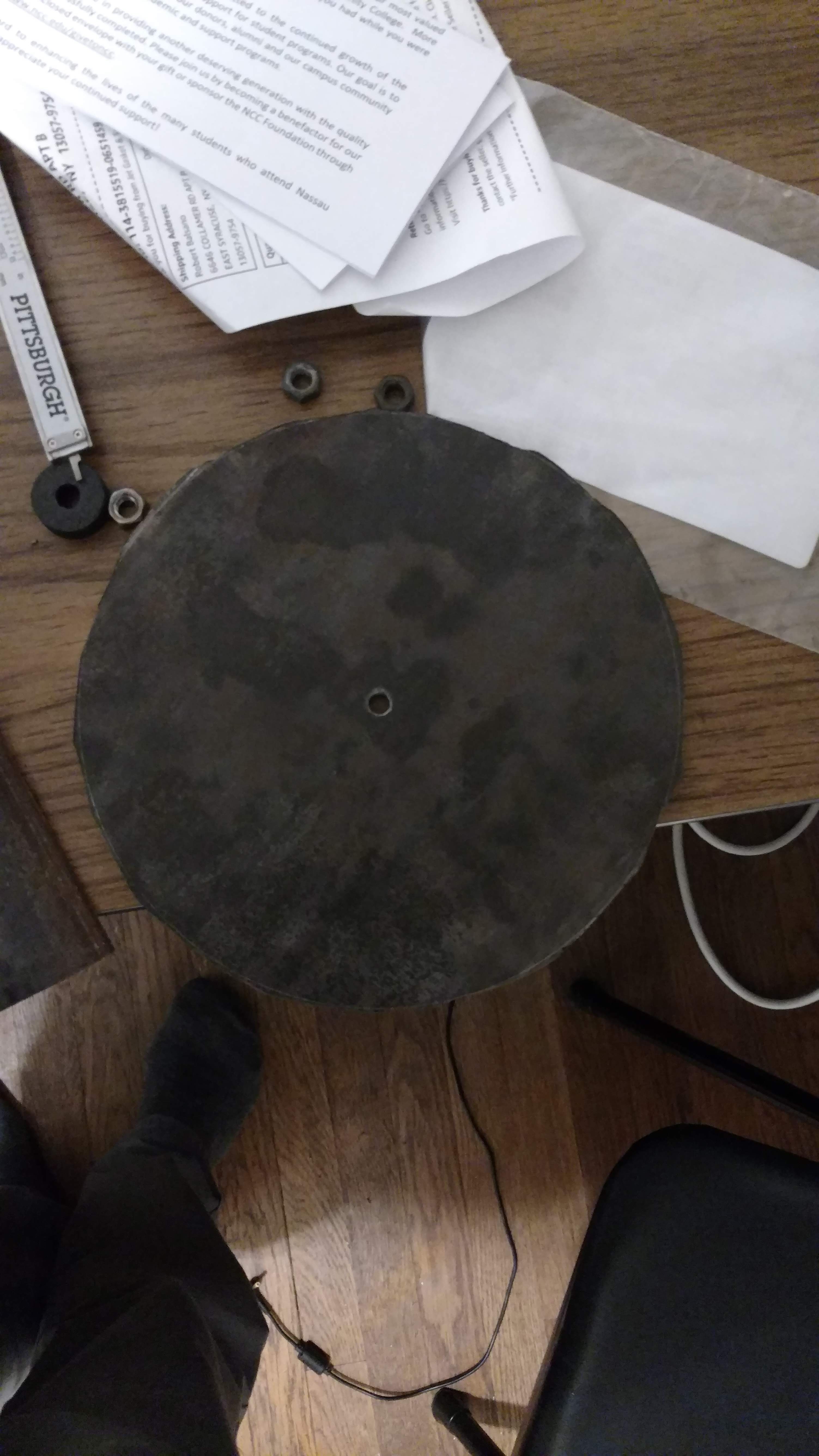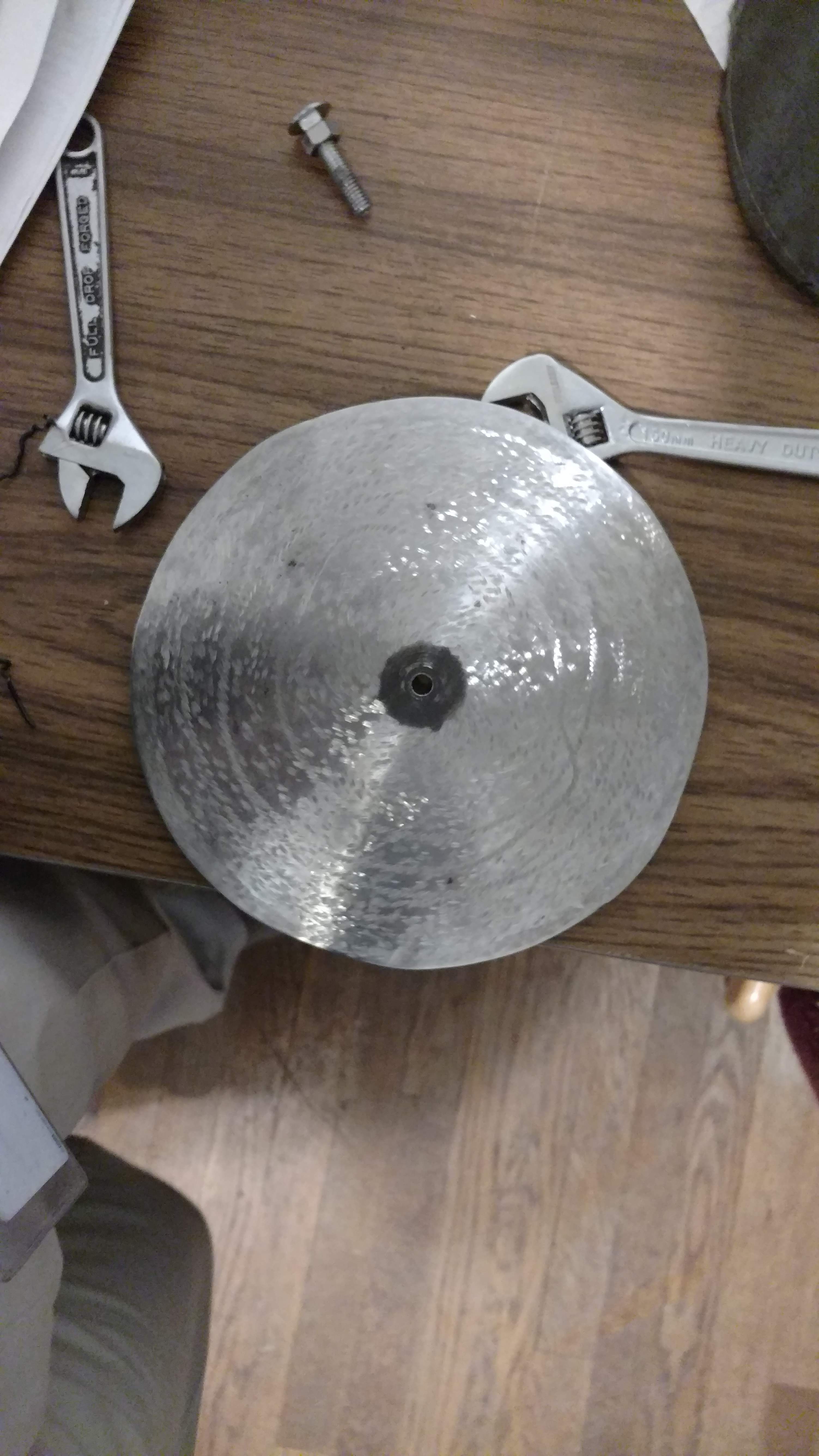I have started picking out the materials for this.
Aluminum is a tad bit too expensive and not to great without a lathe. I'm not going for tight dimensions, but I need a 6" diameter to do anything interesting. I chose plain carbon steel for the base and top plate. I'm looking to use 2 8" diameter discs 1/4" thick. I got the steel from a local supplier. I ended up getting a board ten feet long 8 inches wide for about $120. I have prepared one using a portable handsaw and an angle grinder .


I chose buna lip gaskets or l-gaskets to make the seal to the main chamber. These end up costing bout 50 bucks for two at the 6" diameter. A drop of Dow corning high vacuum grease will make a great seal. The stuff is a little pricey for a whole tube but you can get 1/4 oz containers on ebay for about 5 bucks.
The chamber itself I'd like to be glass just over a foot high. Glass is very inert has a low gas permeability and blocks UV light and x-rays that may come from experiments inside the chamber. With glass it is important to be prepared for an implosion. A shroud is an important accessory I recommend a sheet of lexan to be safe. The glass wall thickness should be a minimum of 5mm. This assessment is based on what I see out there in glass chambers. I'd really like a reference that makes a recommendation based on ultimate desired pressure. Wale sells some heavy wall 7mm thick glass with a 6 inch OD. It is about $200 for 5 feet shipped. I do have a saw that can cut this tubing. A tile saw will work.
Flanges are necessary to connect gauges, pumps valves and feedthroughs. I want at least 3 flanges on each plate. Blanks can be fitted when they are not in use. flanges can be bought on ebay for less than $10 a piece. They can be bought as blanks or adapters and brazed onto the chamber.
 rbalsan1
rbalsan1
Discussions
Become a Hackaday.io Member
Create an account to leave a comment. Already have an account? Log In.